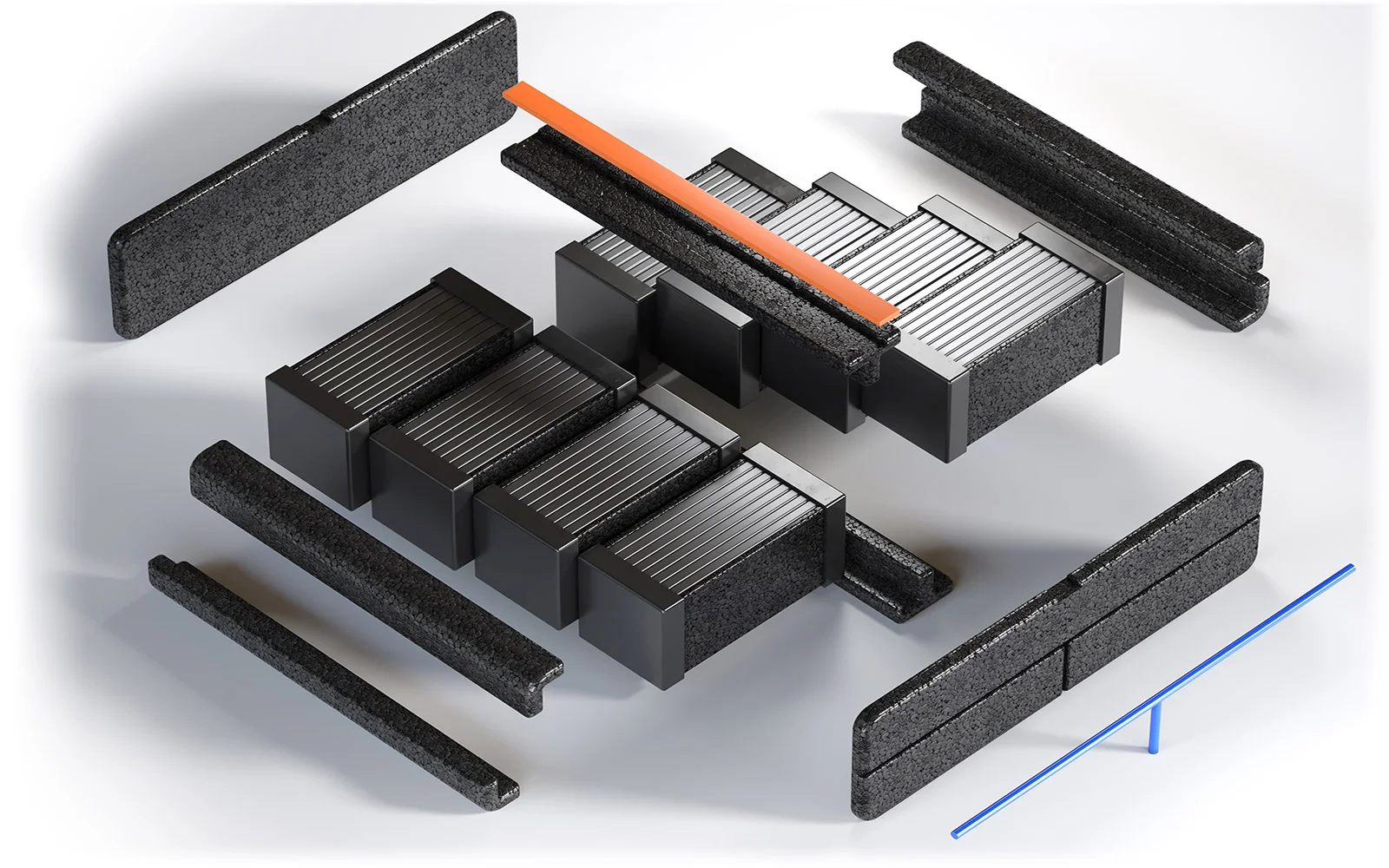Electric cars are already becoming a key part of the automotive industry. Their biggest advantages include the comfort of driving, in some cases a lower cost of operation and a much lower environmental impact compared to driving a car with an internal combustion engine. The issue of charging, however, raises many questions. What does the process look like and how long does it take to fill a battery?
How are electric cars charged? DC chargers, AC chargers and charging times
Electric cars are recharged using specially adapted chargers with cables conforming to one of the standards used in this type of vehicle (Type 1 and Type 2 connections). It is possible to use devices that supply both direct current (DC) and alternating current (AC) – in the first case the charging time is usually much shorter. The process itself is very simple from the driver's perspective: just plug the cable into the vehicle and charge it in exactly the same way as any electrical device. In most cases, publicly available chargers can be used for a certain fee, based on the energy used or charging time.
Electric vehicles may also be charged at home. A station that can be installed in the garage usually costs costs many thousands. In the case of devices using the standard home network, the charging time will be relatively long, but many drivers decide, for example, to leave the connected car overnight to constantly keep the charge level high. This solution is usually more cost-effective than charging the vehicle using publicly available stations.
How to ensure efficient and effective charging of an electric car?

When buying a vehicle in this category, there are several important issues to examine. Among other things, the range on a single charge is significant – currently the maximum range of electric cars reaches up to 600 km. For most models in typical conditions, you can assume a range of 300-400 km. Also important will be the parameters presented by the car batteries in electric cars: the capacity, which directly affects the range, is of primary importance. The service life of electric car batteries should also be taken into account. A long-lasting battery reduces the costs associated with possible replacement or repair, providing the driver with savings in the long term.
How long does it take to charge an electric car?
The time it takes to charge electric cars depends on various factors, such as the capacity of the battery and the parameters of the current supplied to the car. In the case of a sizable charger, such as 22 kW, you can count on a fairly fast pace – for example, 3 hours to fill a 95 kWh battery. Such models are most often used at gas stations or parking lots. The difference in charging time between these values is quite considerable: for the aforementioned 95 kWh battery, a 3.6 kW charger will need as much as 19 hours to fill the entire battery.
Major manufacturers of batteries for electric cars often rely on capacious models to achieve greater range at the expense of longer charging times. However, before proceeding with a purchase, it is important to carefully check the parameters of a particular vehicle, battery capacity and other factors – such as the types of electric car batteries used by the manufacturer.
How to calculate the charging time of an electric car?
To find out how long it will take to charge an electric car's battery, you can use calculators available online or do the calculations yourself. The simplest way is to divide the battery capacity by the charging power. For example, if you have a car with a fully discharged 85 kWh battery and a 22 kW charger, you get 3 hours and 52 minutes to fully charge. It should be noted that this is not a foolproof method – the result can also depend on the charging current or the range in which you charge the battery.
What to do if the battery of an electric car is depleted?

As with internal combustion cars, the vehicle informs the driver in advance that the energy level is low. If the nearest station is a long distance away, the first thing to do is to reduce speed, avoid sudden maneuvers and limit the use of electrical systems such as the radio or air conditioning. However, when the battery level drops to zero, the driver may be immobilized, in which case roadside assistance remains the only resort. The alternative is to plug the vehicle into any power outlet, as long as you have a suitable charger cable. To avoid such situations, for example, you can equip yourself with a so-called "range extender" – an additional small internal combustion engine that drives the car when the battery no longer has enough energy.
Various components are important for efficient driving of this type of vehicle, including, among others, a car battery pack where foams designed by Knauf Industries Automotive are used. When driving an electric car, it's also worth learning how to perform various repairs and service work, such as replacing the battery in an electric car.